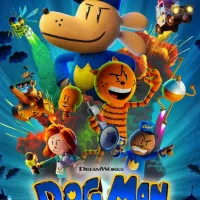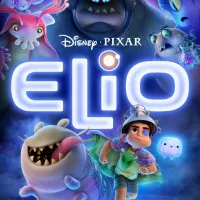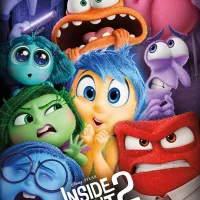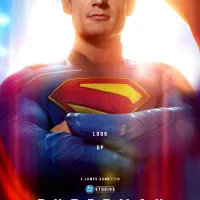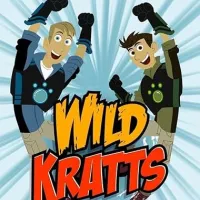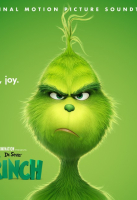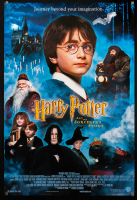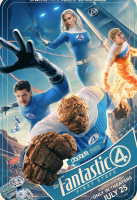
The Fantastic Four: First Steps
Marvel Studios’ The Fantastic Four: First Steps emerges as not only the boldest retelling of Marvel’s premier hero family, but a cinematic tapestry that fuses retro futurism, sincerity, and the sharp anxieties of scientific progress. Eschewing the formulaic churn of superhero reboots, Matt Shakman’s vision leaps full-force into an alternate 1960s, where ambition and fear shape every corner of a world suspended between hope and impending cosmic peril. It’s a love letter to invention itself, and a crucial statement about finding meaning amid unstoppable change.
A Distinctive World on the Brink
From its opening moments, First Steps intoxicates with detail: New York is awash in pastel lights, American optimism, and whirring hovercars. The Baxter Building crowds the skyline, equal parts think-tank, home, and world monument. The Future Foundation is not just a scientific club, but a beacon—reminding this parallel Earth that genius and compassion might just stave off disaster. Golden-age technology permeates daily life, while dazzling set pieces swing from public celebrations on Yancy Street to hush-hush innovation in multicolored labs. The deep sense of place is immediate and all-consuming.
This bold retro world is neither parody nor empty nostalgia—the film is deeply grounded in concern for progress: its buzz, its peril, and the families who sacrifice for it. Here, the Fantastic Four’s fame is both a gift and a burden, made richer by ties to ordinary citizens and the expectations of an entire era.
Humanity Stretched to the Limit
Pedro Pascal’s Reed Richards, far from aloof, inhabits every scene with the exhausting pressure of heroism. His intellect is tinged with anxiety—each breakthrough weighed against what it may unleash. The prospect of becoming a father (with Sue) layers added urgency and tenderness, shading even the most cerebral moments.
Vanessa Kirby gives Sue Storm new dimension, capturing both leader and deeply vulnerable woman. She is never a supporting act: her negotiation of scientific duty, global leadership, and family is felt in small gestures and big choices. Ebon Moss-Bachrach’s Ben Grimm is wry and wounded—the strongman who never truly shakes off the loss of his old life, his humor a kind of armor. Joseph Quinn’s Johnny Storm, meanwhile, surfs the fine line between lapdog to fame and seeker of substance; his arc is not just flares of bravado, but slow-won maturity.
The quartet’s relationships simmer with friction and love. No forced banter, no sitcom formula—their bonds feel lived-in, as if we’re catching up with real people rather than watching a well-rehearsed act.
The Cosmos Opens, the Ground Shifts
First Steps dials up the scale: Ralph Ineson’s Galactus is no cartoon—he’s an existential shift, his presence captured with oily grandeur and weight. There is awe and terror as he approaches—not just of destruction, but the knowledge that some forces cannot be reasoned with. Julia Garner’s Silver Surfer, as Shalla-Bal, traverses the galaxy with quiet sadness—her journey serves as parallel and warning, offering cosmic reflection to the earthly struggles below.
Every cosmic threat is mirrored in everyday uncertainty: Reed and Sue’s family decision, Ben’s wrestle with identity, Johnny’s desperate quest for meaning. The script finds magic in grounding spectacle with consequence; the Fantastic Four aren’t just saviors, but witnesses and victims of the age they shaped.
Visual Identity and Tactile Craft
Shakman’s team delivers a production dripping with creativity: the Excelsior’s dazzling liftoff, the chromatic energy fields of the Negative Zone, tactile models of the Fantasticar and city. Jess Hall’s cinematography prefers bold palette over grime—evoking classic magazine covers, yet shifting tones fluidly from celebration to dread. Even H.E.R.B.I.E. gets his moment both as mechanical helper and avatar of the team’s softer side.
Michael Giacchino’s score animates every sequence—part playful retro-pop, part orchestral tension, always invested in the emotional heartbeat of the story. It never intrudes, and its motifs stay with you after the credits roll.
Pros
- Fiercely creative alternate-history setting with unique visual appeal
- All four leads bring intricate, evolving performances
- Main plot weaves cosmic stakes seamlessly with family and identity dilemmas
- Galactus and Silver Surfer are original, moving figures, not mere antagonists
- Production values are top-tier: practical effects, costume innovation, prop design
- Musical cues highlight shifts in theme and mood without cliché
- Script is unafraid to tackle existential questions alongside superhero exploits
- The team’s family feels genuine—loving, combative, unbreakable
Cons
- Absence of heavy MCU tie-ins may frustrate franchise completionists;
- Pacing sometimes favors contemplation over blockbuster tempo;
- Secondary subplots (such as the politics around international science) are lightly sketched;
- Stylized alternative reality could take adjustment for newcomers to this mythos;
In Closing
The Fantastic Four: First Steps marks a turning point for Marvel: less a genre piece, more a treatise on imagination under pressure and family as the last line of defense against chaos. Those seeking a mindless action spectacle may be surprised by the film’s layered approach, but for streamers, downloaders, and true believers in what superhero cinema can achieve, this film makes every step count—a worthy leap into Marvel’s future.
How to watch The Fantastic Four: First Steps online
After its theatrical debut on July 25, 2025, The Fantastic Four: First Steps will be available for streaming on Disney+ (subscription required, complete with download access), and offered for rental or purchase through Amazon Prime Video and Apple TV, both with streaming and offline support. Hulu or Peacock might add it in months to come; immediate, unblocked, or free streaming will not be available. The US age rating is PG-13—suitable for families with teens and older.
